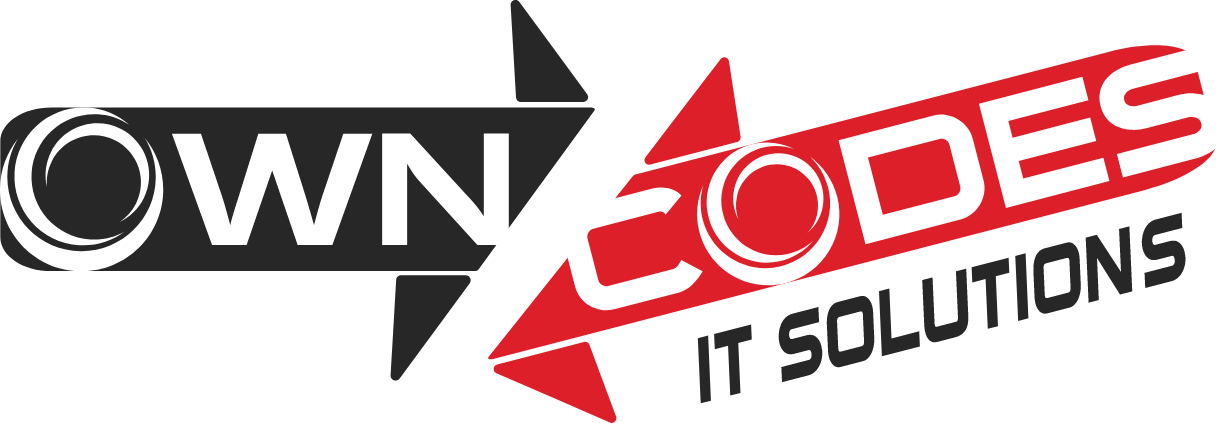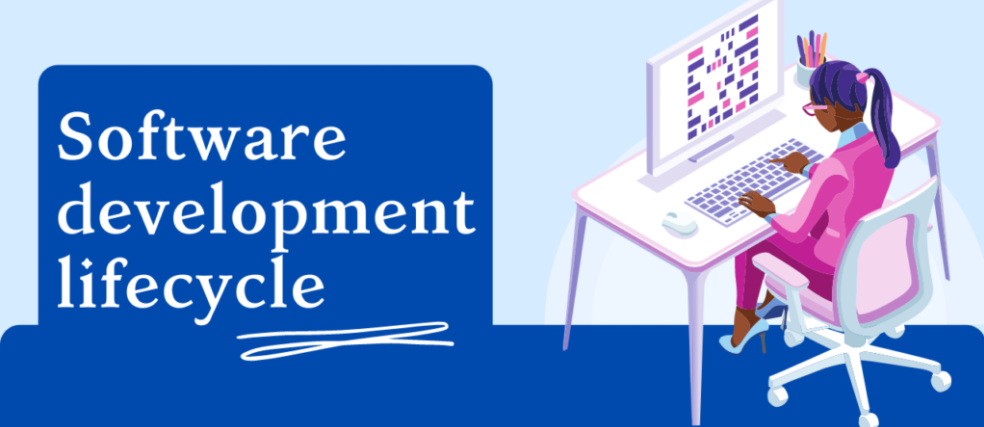Software Development involves several steps. The developers follow a systematic framework called Software Development Life Cycle (SDLC) to design, develop, test, and maintain high-quality software that meets the customer’s expectations. Today, we will discuss SDLC working, different phases, and models of SDLC.
What is Software development Life Cycle SDLC?
Software Development Life Cycle (SDLC) is a process that consists of a flow of steps to develop, test, alter, and enhance a software product. The Life Cycle defines detailed methods to deliver high-quality Software. In simple words, SDLC plans the complete cycle that the software product transits through from its initiation to retirement. It has several stages in which the software is processed and any SDLC phase may perform more than one activity.
Need of SDLC
The main objective of SDLC is to deliver high-quality software that meets and exceeds customer expectations.
To develop an efficient software product, the development team must have a detailed Life cycle model that the software goes through.
Proceeding without a suitable Life Cycle model for software development, the product development will most probably deviate from the right track.
The process of Development will be disciplined and systematic only when the team follows a suitable Life Cycle model for Software Development.
The team must have an understanding of what to do and what not to, how work is distributed, etc, or else it may lead to the project failure.
Without the Software Life Cycle (SDLC), it becomes difficult for software developers and managers to monitor the progress of their projects.
How SDLC works?
Software Development Cycle (SDLC) is the representation of the Software Development process. It works by lowering the cost of operation while increasing the product quality and decreasing production time. SDLC eliminates these divergent pitfalls of software development programs by following a systematic plan that starts with the evaluation of systems for deficiencies.
Then it defines the new system requirements. Next, it builds the software through the phases of Analysis, planning, design, development, testing, and deployment. Now, let’s explore SDLC phases and steps.

Source: javaTpoint
7 Phases of Software Development Life Cycle
Following are the stages of the Software Development Cycle
1. Planning And Requirement Analysis
Before creating the product, it is important to acquire the core knowledge and understanding of the product. Requirement analysis is a crucial and necessary phase in SDLC. The Business analyst and Project Organizer gather the data such as customer requirements, who is the end-user, and the objective of the product.
In the same phase Identification of risk associated with the project and planning for the quality assurance is also done.
2. Defining The Requirements
In this phase, representation and documentation of the software requirements take place. This is done through the Software Requirement Specification (SRS) document.
The SRS document contains all the software product requirements that are to be constructed and developed during the Systems Development Life Cycle. Any ambiguities must be resolved in this phase only.
3. Designing The Software
Next, the gathered requirements in the SDLC phases are documented and turned into a design plan termed as Design Document Specification (DDS). Then all the stakeholders are allowed to review and ask for feedback about DDS and the best design approach is selected from the Proposed architectures. DDS consists of all the minutest details of the internal design of all the modules of the proposed architecture.
4. Developing The Project (Coding)
The actual development of the product starts in this phase of the SDLC, also the Programming is built. Implementation of design starts with the writing of code. In this step, the Software design is translated into the source code and all the components of the software are implemented. Developers follow the coding guidelines by the programming tools and management to develop and implement the code.
5. Testing The Software
After the code is ready, it is sent to the testing team. It is tested against the requirements and any defects found are assigned to the developers to get them fixed. Once the code is ensured to be error-free, it goes to the implementation phase and the outcome will be a high-quality product. In this phase, unit testing, integration testing, system testing, acceptance testing are performed.
6. Deployment In The Market
Once the code is ready, it is deployed into the appropriate market. Sometimes it may happen phase-wise based on the business strategy or User Acceptance Testing (UAT) is done where developers along with the customers do the testing. UAT is the replica of the production environment.
7. Maintenance
Maintenance starts once the software is deployed. Once the real users come up, any issue arises and needs to be fixed or any enhancement required is to be taken care of by the development team. This process of taking time-to-time care of the developed product is known as Maintenance.

